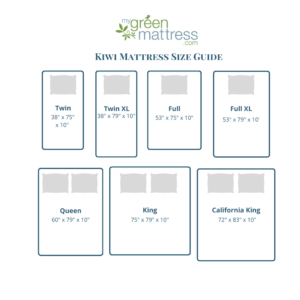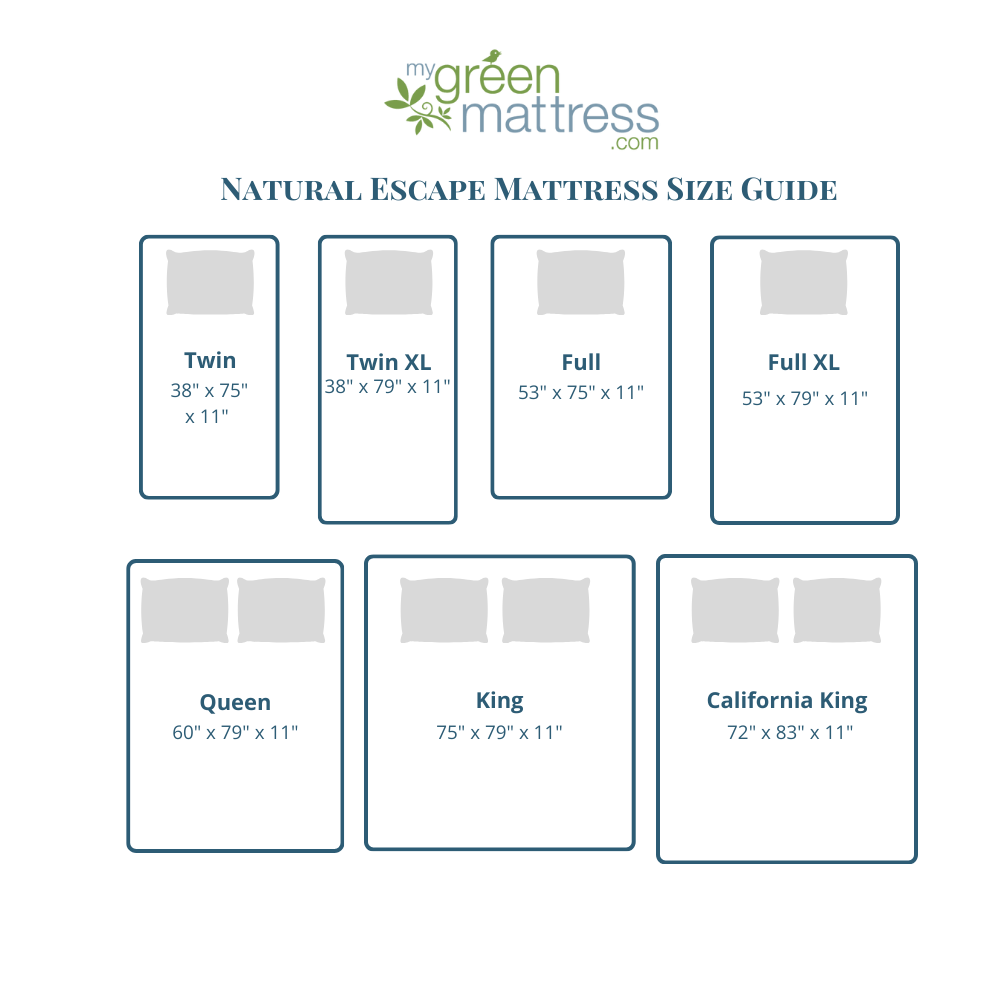The honey bees are in danger and thus, so is one of the four natural sweeteners that I consider to be healthy, nutritious in moderation, and safe (the other three being real maple syrup, molasses and stevia).
Since the mid 1990’s, bees have been dying off in droves due in large part to pesticides being used both on big farms and in people’s backyards. The pesticides and other chemicals being used are on the food that the bees eat and are killing them. These chemicals are slowly killing us too, as seen by our staggering cancer rates and such, but that’s a story for another time!
“Bees are in trouble and policymakers just aren’t acting quickly enough to help them”(Pesticide Action Network). Without bees, we will lose many of our favorite flowers, trees and foods. According to the Natural Resources Defense Council, more than $15 billion a year in U.S. crops are pollinated by bees, including apples, berries, cantaloupes, cucumbers, alfalfa, and almonds. U.S. honey bees also produce about $150 million in honey annually.
The good news is that YOU can help the bees by making your backyard bee friendly. Here are some simple steps that you can take, as provided by Honey Bee Haven and supported by us, here at My Green Mattress.
- Plant some bee friendly plants in your yard or on a balcony or a windowsill. Consider clustered plantings with staggered blooming times so there is food throughout the year and particularly in the late summer and fall. Native plants are always best, and inter-planting and hedgerows provide additional forage on farms. And, DO NOT use self-pollinating plants; this means there is nothing for the bees to do. Self-pollinating is one of many genetic modifications (GMO). Bees need to have a job!
- Don’t use pesticides in your yard. Instead of using pesticides, explore organic ways to grow healthy plants, such as using compost for healthy soil and controlling pests with homemade remedies and biocontrols like ladybugs.
- Provide a year-round, clean source of water for bees.This can be a river, pond, irrigation system, rainwater collection system or small-scale garden water features. Shallow water sources can provide more than enough water for bees, without creating opportunities for mosquitoes to breed.
- Provide shelter for bees.Leave some ground undisturbed and untilled and some dead trees and plants on the property for wild bees to nest in.









